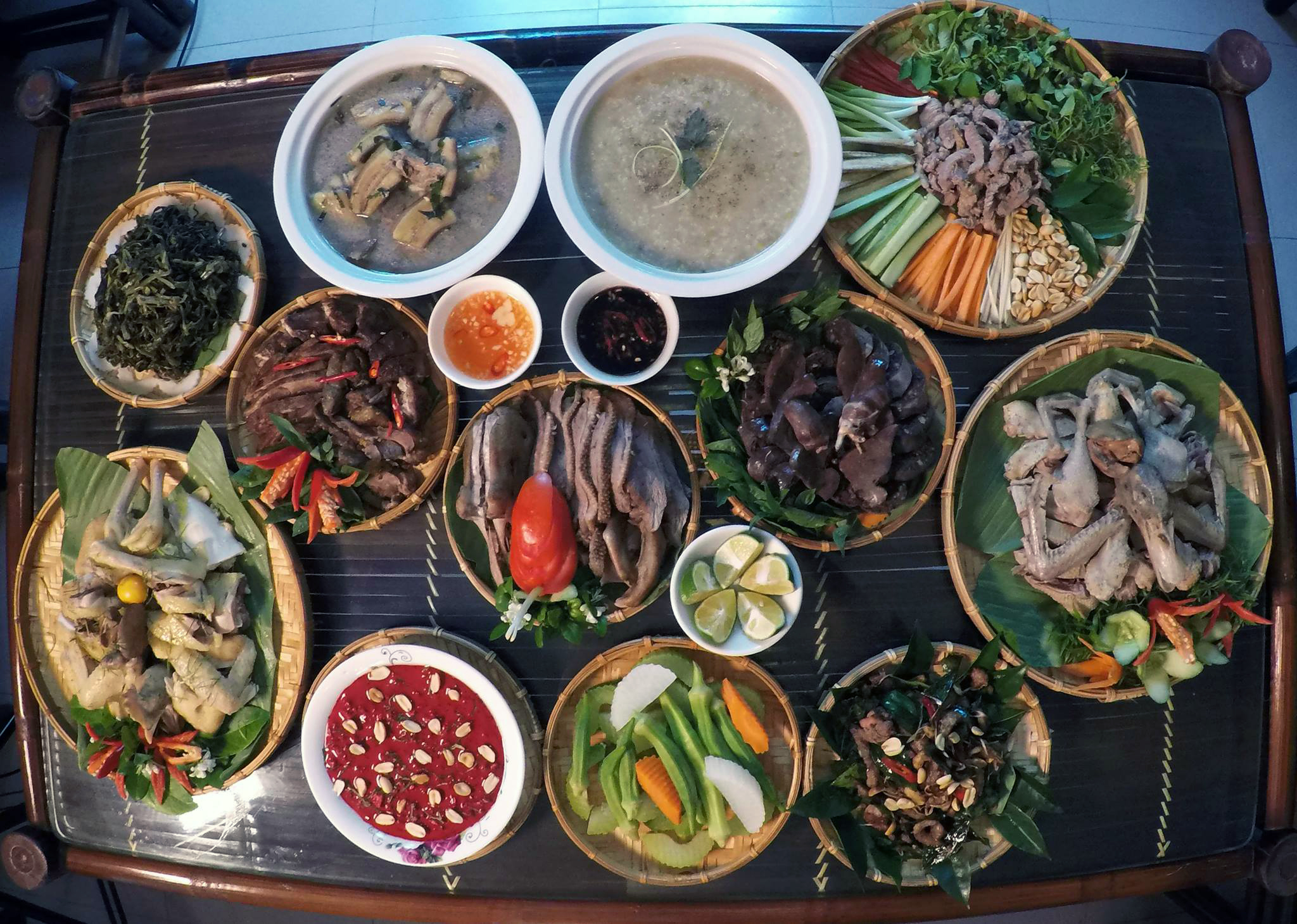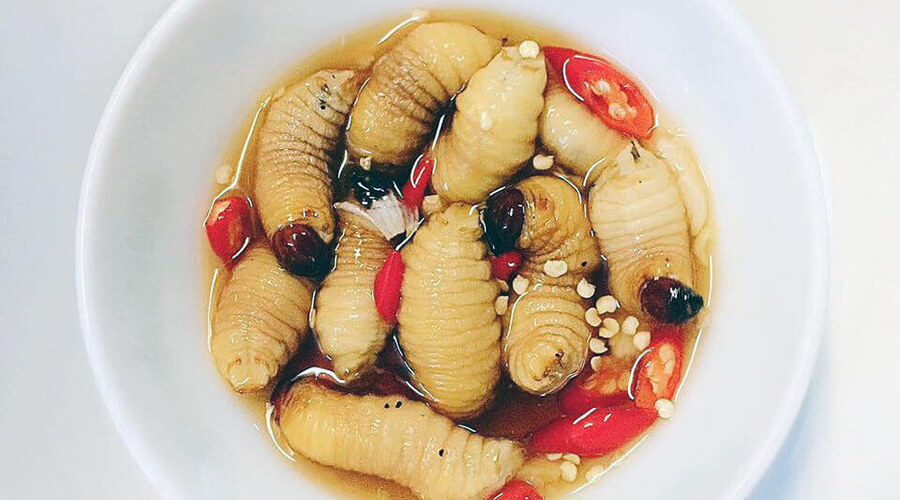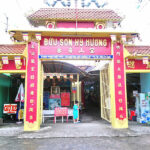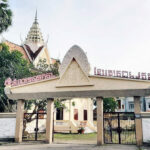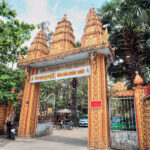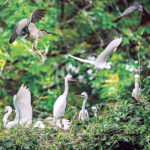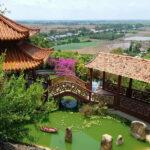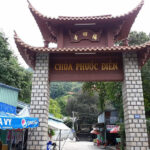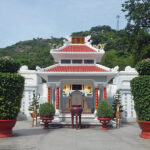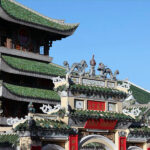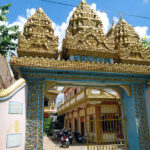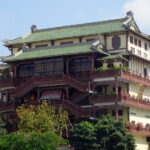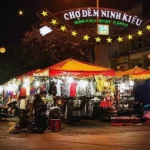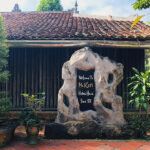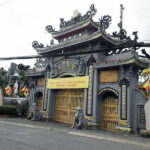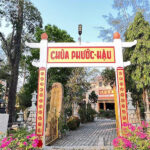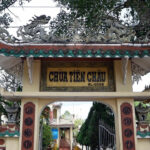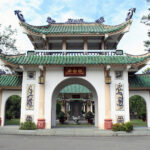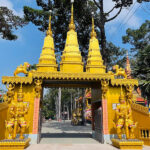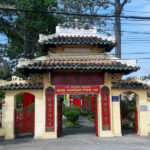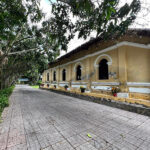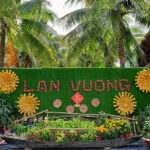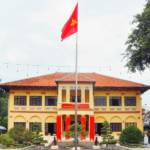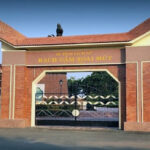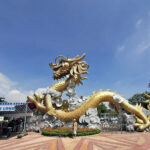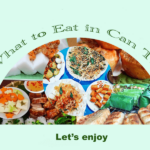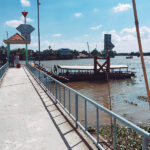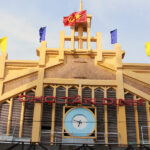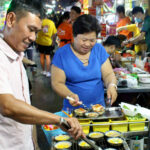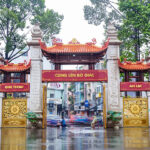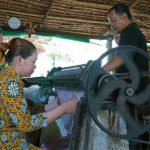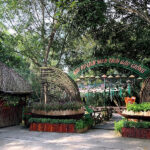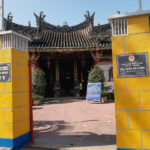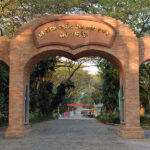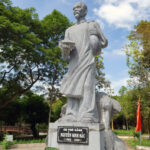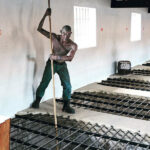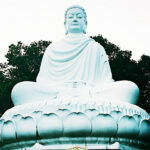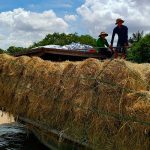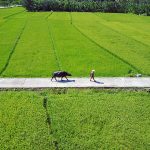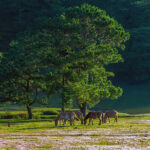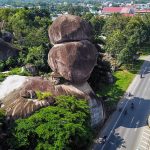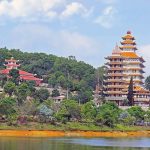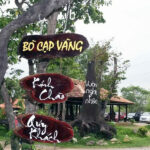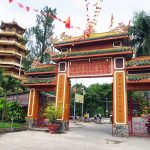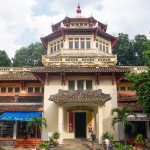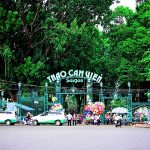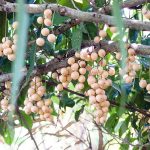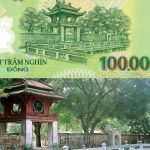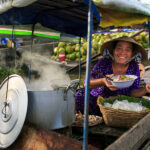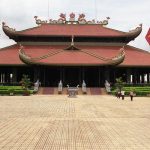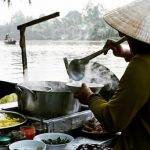Vietnamese food is one of the most popular cuisines in the world but there are some dishes you need a bit of courage to eat. You may call it weird food; strange food; unique or challenging food but nevertheless delicious compare with some of the signature dishes such as Pho, Banh Mi, Bun Bo….This post covers the top ten “Vietnam’s most weird foods” you must try when you’re in the country, they’re from eggs, blood, worms, intestines to animal meat. Let take a look for more detail as below.
Balut egg – trứng vịt lộn
Balut is a popular nutritious dish of Vietnamese people which is mainly sold by street vendors or served in common food stalls. After the duck lays the egg, let it incubate for 19 to 21 days, then boil it for about five minutes; crack the shell, and eat the inside while it’s still hot with some spices such as laksa leaves, sliced fresh ginger, salt-pepper mix with lemon juice, kumquat and pickled chili…
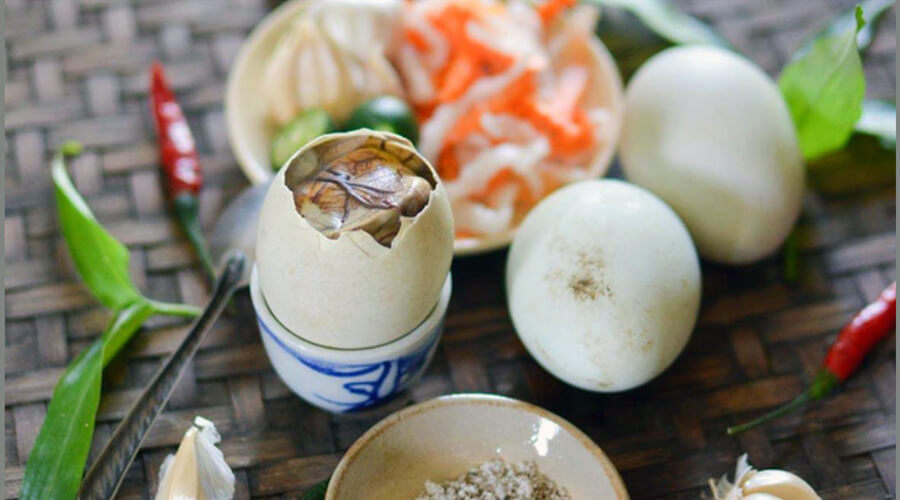
However, in the eyes of foreign visitors, duck eggs are at the top of the list of the 10 most Vietnam’s most weird foods. Many tourists even see it as a big challenge to conquer. Sharing on CNNGo, Anthony Bourdain, an Australian gourmet expert, also expressed: “I have to admit that balut is a difficult culinary experience for me.”
Blood pudding – Tiết Canh
Tiet Canh is also a unique dish of Vietnamese. Since ancient times, Vietnamese ancestors knew how to eat blood pudding of ducks, geese, pigs and goats… They believed “fresh blood is a miraculous tonic”. Blood pudding is made from the main ingredient which is fresh animal blood. To prevent the coagulation, the blood pudding will be mixed with fish sauce or dilute salt water. After that, the boiled organs of animals, cartilage or meat will be added to the dish.
When trying the dish, the dinner will add some roasted peanuts and cutting herb as lemon, mints, coriander along with spicy chili. Once the blood pudding is set, it looks like a jelly cake.
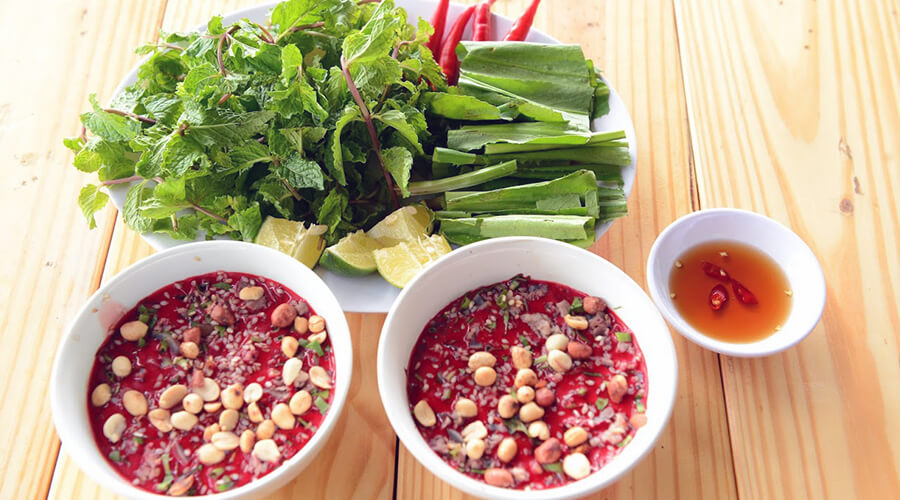
Although it is a popular Vietnamese dish, it has never been seen in the cuisine of any other part of the world. No matter how “easy-going” it is, almost no international diners dare to touch this dish.
Dog meat
Dog meat is a favorite dish in Vietnam, from North to South. People believe that eating dog meat will have the effect of “relieving bad luck”. According to Oriental medicine, dog meat has the effect of nourishing, supporting yang, and helping to eliminate cold.
The name “cầy tơ 7 món” means 7 dishes from a dog become one of the most favorite dishes and popular in Vietnam. It is often accompanied by shrimp sauce, galangal, lemongrass, savory leaves…
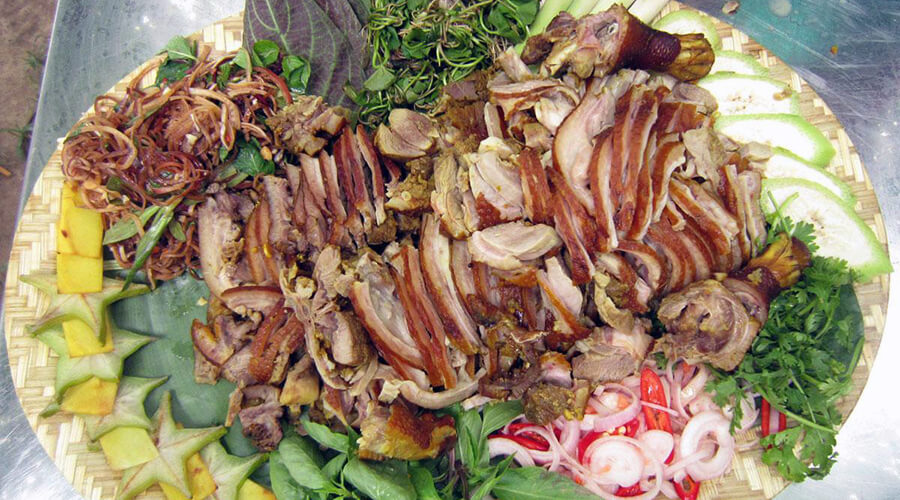
Meanwhile, in many Western and Muslim countries, eating dog meat is even banned. And for Westerners, they not only consider dogs as pets but also as friends, so when they come to Vietnam they wonder why Vietnamese people can eat dog meat while still raising them.
Rat meat
Although not as popular as dog meat, rat meat is also a very popular dish in Vietnamese cuisine. In some localities in the North such as Tu Son (Bac Ninh), Thanh That, Hoai Duc (Hanoi), rat meat is an indispensable specialty during every important Tet holiday.
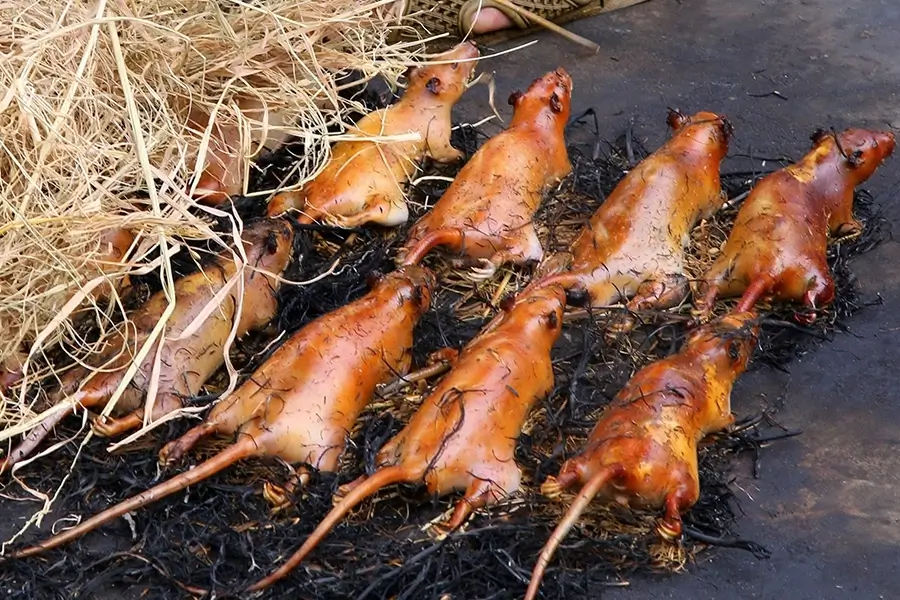
Even rat meat is a quite luxurious dish with a price of 100,000 VND/plate. There are more than 30 dishes elaborately prepared from rat meat such as: rat patties, rat meat steamed with lemon leaves, rat meat stir-fried with onions and garlic, pan-fried rat meat, salt-roasted field rats… But in reality, most foreigners believe that rats are dirty, smelly, disease-carrying animals and should be avoided.
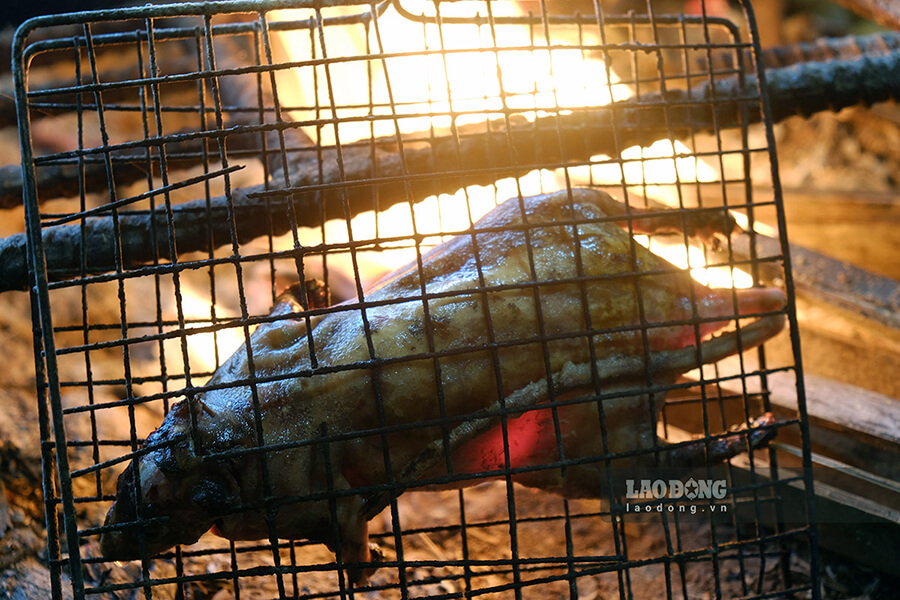
Not every type of rat can be turned into food. Only the rat that eats the rice in the field is good for cooking. The local farmer will skin it and cut off the tail then grill, steam with lemon leaves or fry with garlic and onions.…
Shrimp paste – mắm tôm
Shrimp paste is a type of fish sauce made mainly from shrimp and salt, using an enzyme in the shrimp gut to ferment, creating a unique flavor. Then it is mixed with some additional ingredients such as fresh crushed garlic, water, and lemon juice … to create a special taste. Shrimp sauce is indispensable in many dishes such as dog meat, pig organs, Thai brinjal…
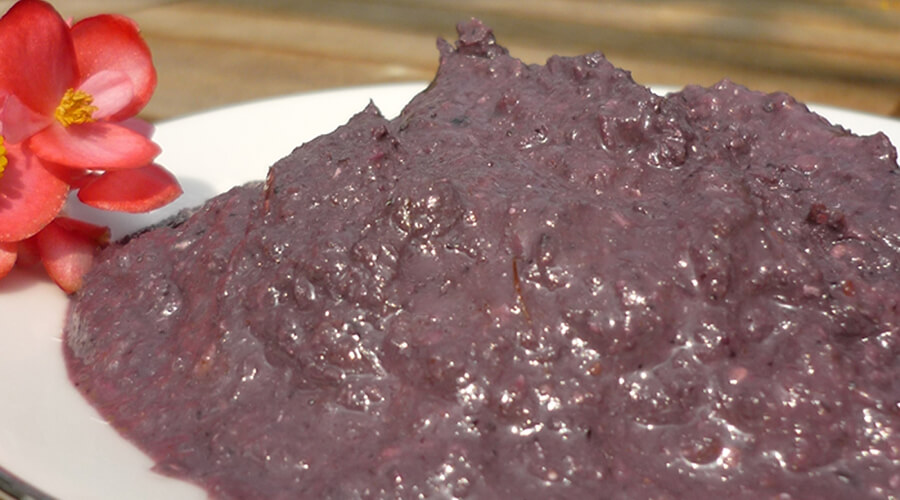
Many foreigners coming to Vietnam will find it very strange and even more strange when they know the process of processing shrimp paste. Many people are allergic to the smell of shrimp paste. But after eating it a few times, many people are “addicted”… to Vietnamese shrimp paste.
Snake meat
Snake is another food that makes its home in the fields of the Vietnamese country. With one snake, a chef can make more than 10 dishes. Nevertheless, it’s blood mix with rice vodka is preferred by many Vietnamese. Some guys even eat the still-beating heart of the snake, especially of the copra. The snake meat, skin, and bones can be cooked in many ways: fried, curries, etc. All are tasty , fresh with herbs found in all Vietnamese cuisine.
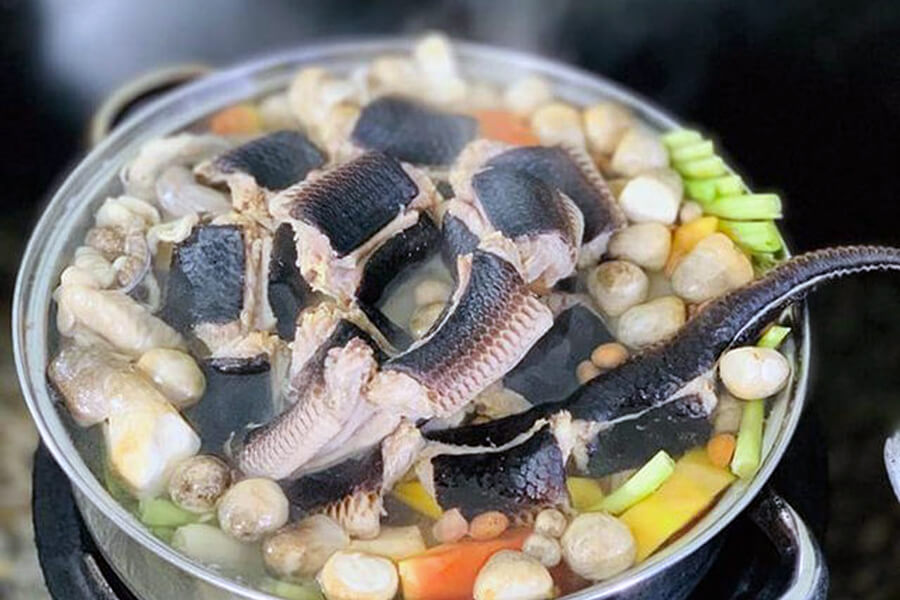
But faced with the image of the chef using a knife to make a cut on the snake’s body, then filtering the tiny heart, still pulsating and hot, into a small dish containing blood, then dropping it into a cup containing wine. The same prickly feeling when the fishy smell of blood mixes with the spicy taste of wine is still a big obstacle for foreigners.
Animal organs
Usually in many countries around the world, they often do not eat the internal organs of animals, and only eat the meat from the back and abdomen. So when they travel to Vietnam, they were very surprised about the dishes made from the organs and other parts of the animal. In Vietnam, every part of an animal: intestines, lungs, kidney, heart, stomach, brain, ovaries, legs, hooves, tail, head, neck… can become a dish and no part is wasted especially with the pig, chicken, duck…
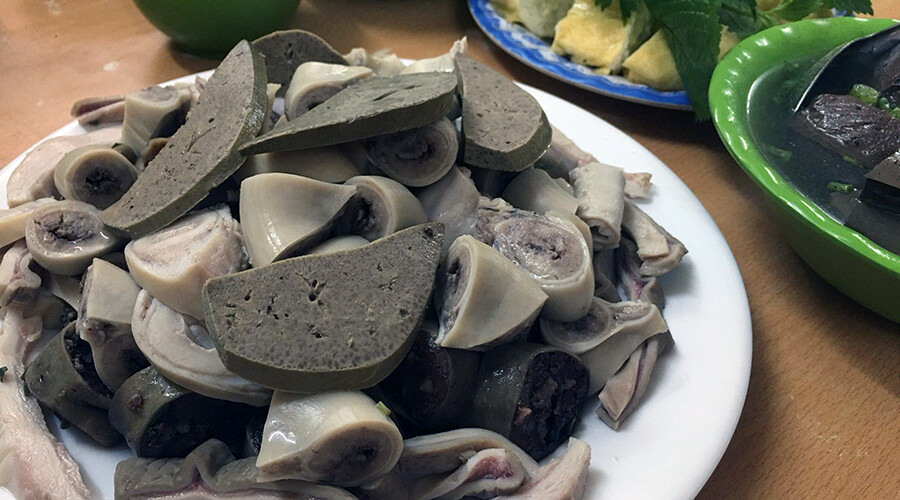
However, this is not a dish that is too difficult to eat. And it is increasingly loved and favored by international diners when exploring Vietnamese cuisine.
Rươi
Another name is “rồng đất”, meaning “land dragon”, they are family of polychaete worms. Rươi is living brackish waters in the North, usually, only appear from September to October. Rươi is considered valuable food that rich protein. From Rươi, the skillful homemaker prepares a lot of delicious food, distinct flavor characteristics such as Rươi ball, Rươi sauce, Rươi boil, Rươi rolls, Rươi soup… and some places even make fried rice soup worm.
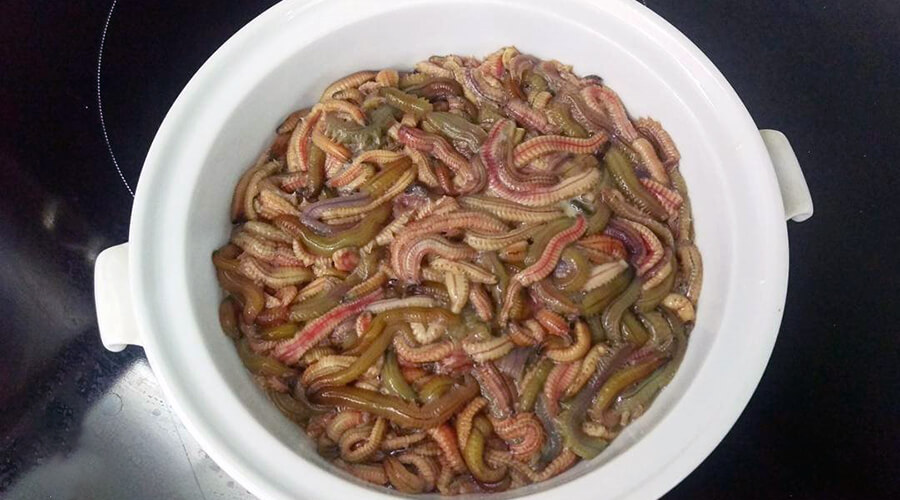
That’s a delicious dish, but if anyone has ever directly looked at a live worm, it would be hard not to be scared when looking at the scene of thousands of “worms” crawling in the pot before processing.
Soaked wine
Soaked wine (also called “medicinal wine”) uses herbs or animals steeped in highly alcoholic distilled white wine. Used as a medicine and very popular in Vietnamese culinary culture. But abroad, they feel very strange and scary, because the types of soaked wine are very popular and diverse, but the main ingredients are from live animals, only pre-processed and not cooked.
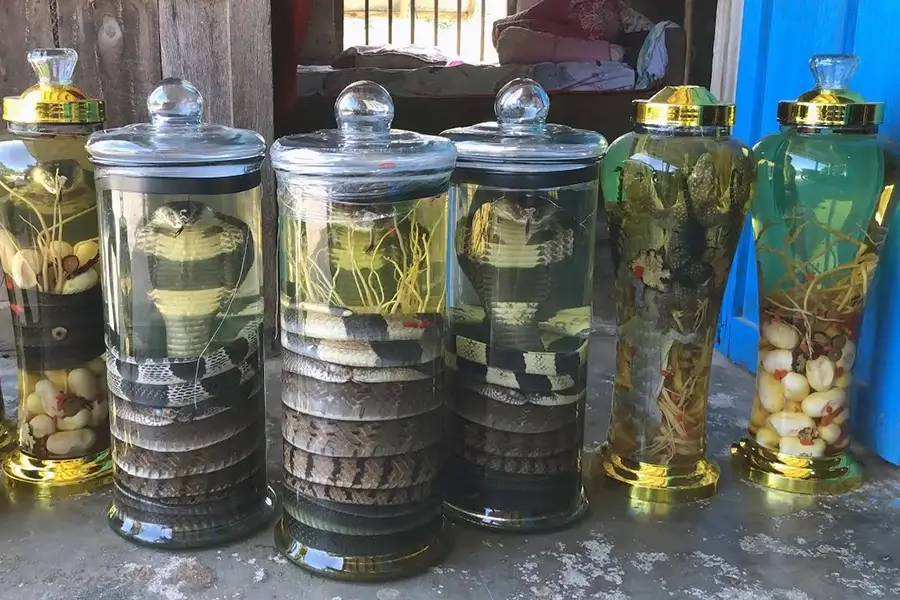
It seems to them that Vietnamese people can soak anything in wine: from tiger bone extract, horse extract, to turtle shells, snakes, seahorses, scorpions or other internal organs such as snake blood, bear bile, brains of monkey…
Preparations belonging to the insects
Nymphs, grasshoppers, crickets, bee larvae, scorpions, ants… in the eyes of foreigners are all considered insects. In the world, many countries also use these insects as food because of their rare nutritional values. However, in some Western countries, typically France, these are still dishes that challenge the courage of curious guests.
Not just these 10 Vietnam’s most weird foods above, there are still more dishes sold throughout the country. All you need is just get out of your place, stroll around and dare to try it. You can also join street food tour with our local guide or follow Viet Dream Travel’s guide for more fun information on what to do, see and eat while in Viet Nam.

